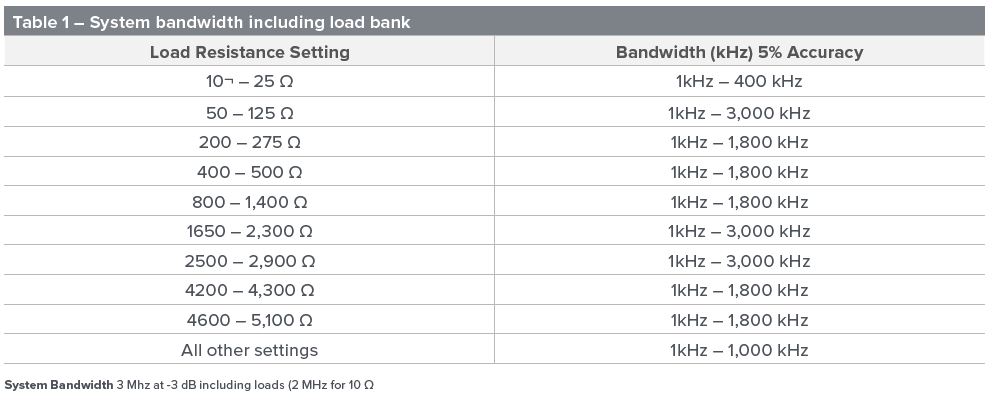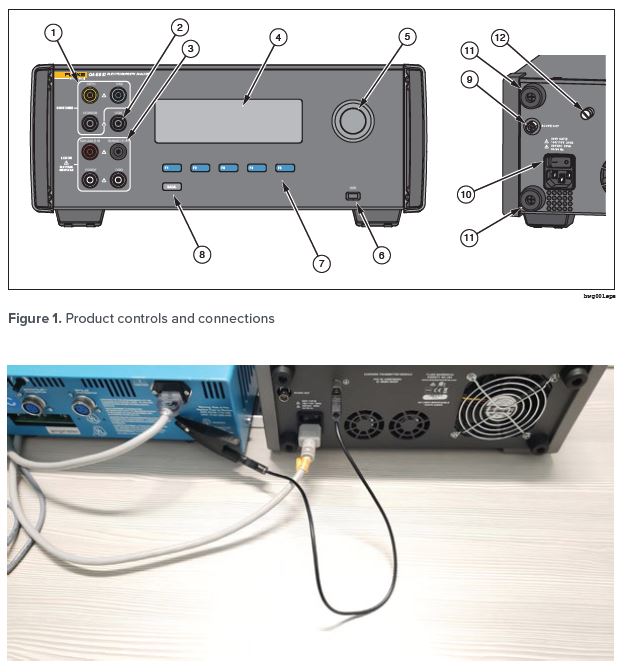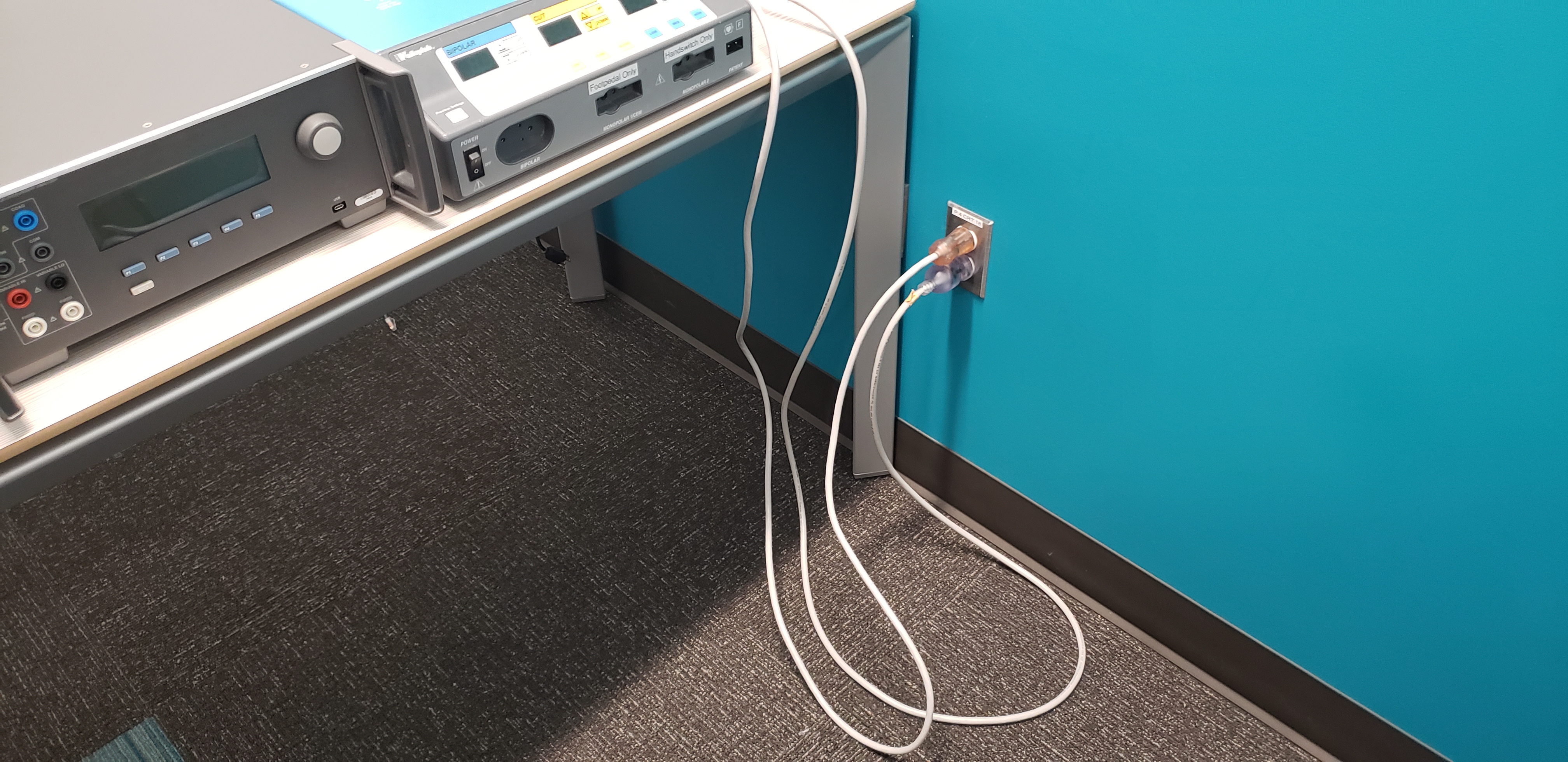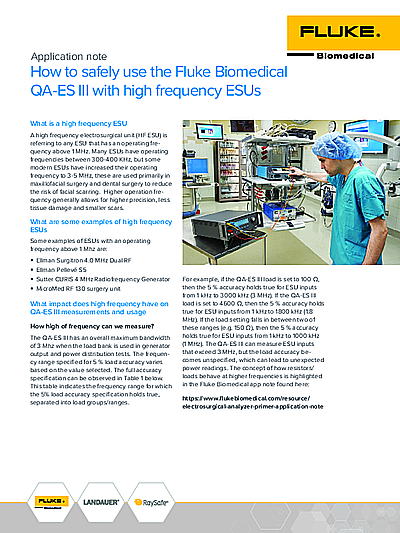How to safely use the Fluke Biomedical QA-ES III with High Frequency ESUs
How to safely use the Fluke Biomedical QA-ES III with High Frequency ESUs
 What is a High Frequency ESU
What is a High Frequency ESU
A high frequency electrosurgical unit (HF ESU) is referring to any ESU that has an operating frequency above 1 MHz. Many ESUs have operating frequencies between 300-400 KHz, but some modern ESUs have increased their operating frequency to 3-5 MHz, these are used primarily in maxillofacial surgery and dental surgery to reduce the risk of facial scarring. Higher operation frequency generally allows for higher precision, less tissue damage and smaller scars.
What are some examples of High Frequency ESUs
Some examples of ESUs with an operating frequency above 1 Mhz are:
- Ellman Surgitron 4.0 MHz Dual RF
- Ellman Pellevé S5
- Sutter CURIS 4 MHz Radiofrequency Generator
- MicroMed RF 130 surgery unit
What Impact does High Frequency have on QA-ES III Measurements and Usage
How high of frequency can we measure?
The QA-ES III has an overall maximum bandwidth of 3 Mhz when the load bank is used in generator output and power distribution tests. The frequency range specified for 5% load accuracy varies based on the value selected. The full accuracy specification can be observed in Table 1 below. This table indicates the frequency range for which the 5% load accuracy specification holds true, separated into load groups/ranges.
For example, if the QA-ES III load is set to 100 Ω, then the 5% accuracy holds true for ESU inputs from 1 kHz to 3000 kHz (3 MHz). If the QA-ES III load is set to 4600 Ω, then the 5% accuracy holds true for ESU inputs from 1 kHz to 1800 kHz (1.8 MHz). If the load setting falls in between two of these ranges (e.g. 150 Ω), then the 5% accuracy holds true for ESU inputs from 1 kHz to 1000 kHz (1 MHz). The QA-ES III can measure ESU inputs that exceed 3 MHz, but the load accuracy becomes unspecified, which can lead to unexpected power readings. The concept of how resistors/loads behave at higher frequencies is highlighted in the Fluke Biomedical app note found here:
Electrosurgery Analyzer Primer Application Note

HF ESUs depend more on cable length, connections and orientation for accurate measurements, so keep the test lead and power cord length as short as possible.
Electrosurgery units that operate above 1 MHz (typically at 4 MHz) have outputs that fall into the Radio frequency or RF range. Device behavior at these frequencies can be unusual when compared to lower operating frequencies around 400 kHz, which is typical for many ESUs. When using ESUs with high operating frequencies (>1 MHz), the accuracy and safety of the measurement can depend on external factors such as power cord/test lead length, orientation and connection integrity. It is especially important in these ranges to use the test leads and clips supplied with the QA-ES III and ensure that all User Manual safety requirements are followed.
 How is the QA-ES III used safely with High Frequency ESUs
How is the QA-ES III used safely with High Frequency ESUs
In order to ensure a safe test environment that yields the best measurements possible, the following test requirements are put forth while using the QA-ES III with ESUs that operate above 1 MHz.
Chassis grounds of the ESU and QA-ES III (item 12 on Fig 1) shall be connected using one of the 1-meter safety test leads supplied with the QA-ES III. Supplied alligator clips can be used as necessary to clip on to the ESU chassis ground lug – typically found on the rear of the instrument.
The power cord of both the ESU and QA-ES III shall not exceed 2 meters. The power cords should be intact with no damage to the insulation, internal leads or connectors. The manufacturer supplied power cords for both the ESU and the QA-ES III should be used. Avoid coiling of power cables – position them in such a way that the cords form a line to the power receptacle.
The ESU and QA-ES III shall be plugged into same power receptacle (wall outlet) to avoid long return paths. Avoid using long power strips or tables/benches with built in outlets that could have long leads back to the building’s receptacle.
Stay clear of both devices during active measurements. After the test is initiated and the ESU is actively generating a signal – there is no reason to touch any part of either device aside from front panel buttons to halt the test. Wait until the test is complete and the ESU is deactivated before changing connections or moving either device.

